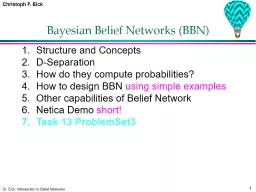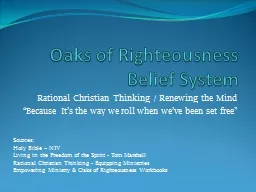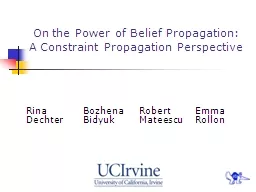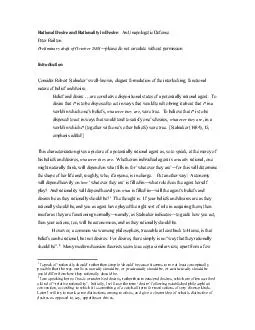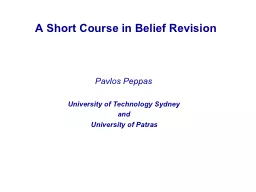PPT-Class participation! What is one belief that has helped make you successful?
Author : dudeja | Published Date : 2020-08-06
Who influenced this belief The Career Beliefs of InnerCity Adolescents Article by Sherri L Turner and Julia L Conkel Ziebell Presented by Kaci Arnett and Liz
Presentation Embed Code
Download Presentation
Download Presentation The PPT/PDF document "Class participation! What is one belief..." is the property of its rightful owner. Permission is granted to download and print the materials on this website for personal, non-commercial use only, and to display it on your personal computer provided you do not modify the materials and that you retain all copyright notices contained in the materials. By downloading content from our website, you accept the terms of this agreement.
Class participation! What is one belief that has helped make you successful?: Transcript
Download Rules Of Document
"Class participation! What is one belief that has helped make you successful?"The content belongs to its owner. You may download and print it for personal use, without modification, and keep all copyright notices. By downloading, you agree to these terms.
Related Documents




